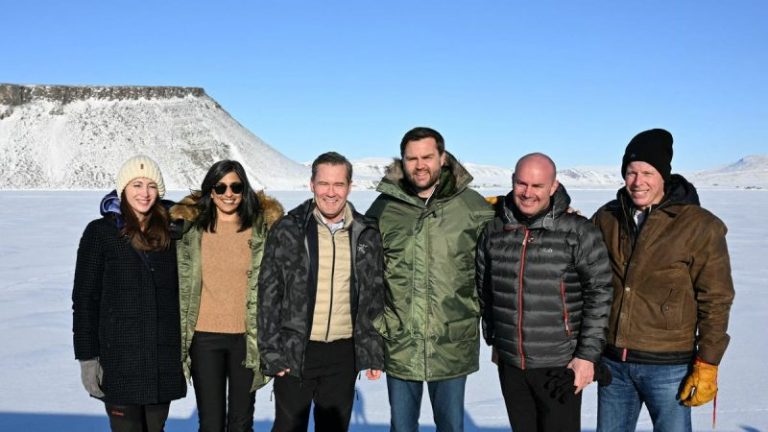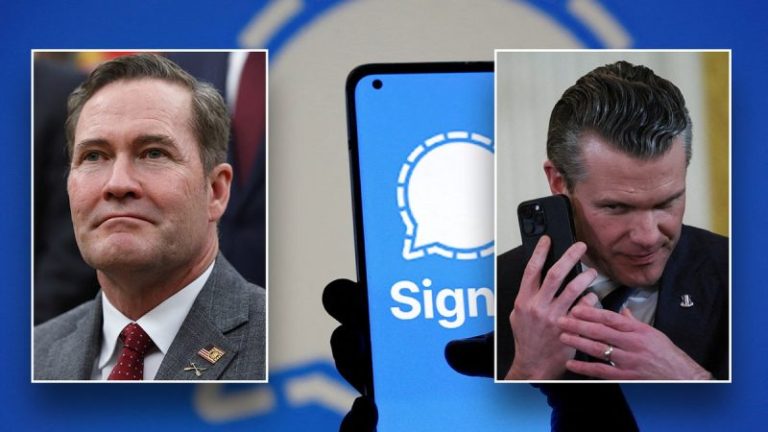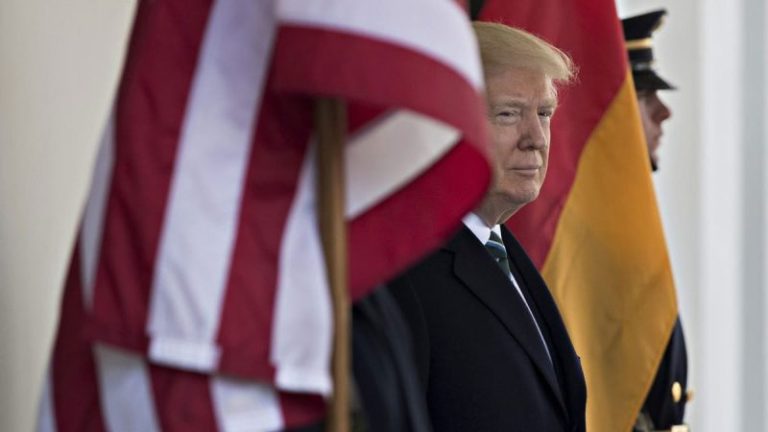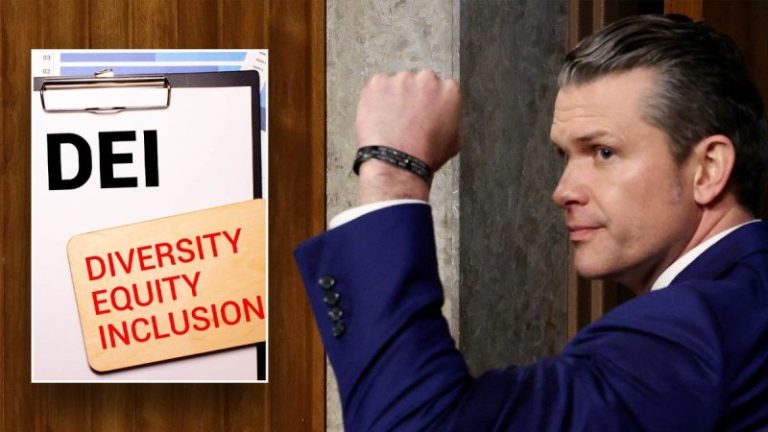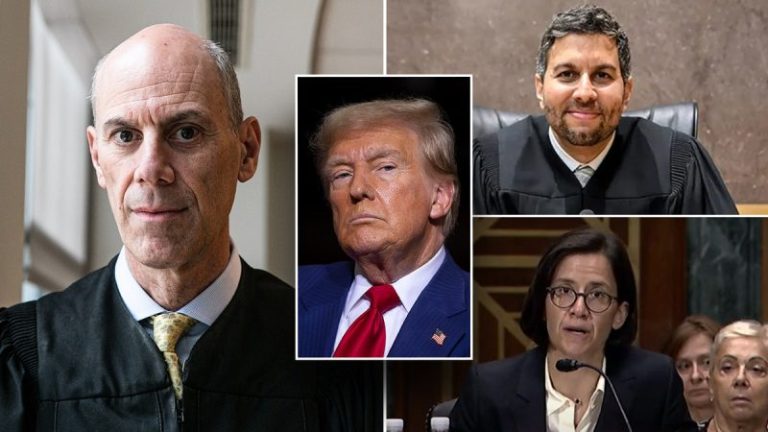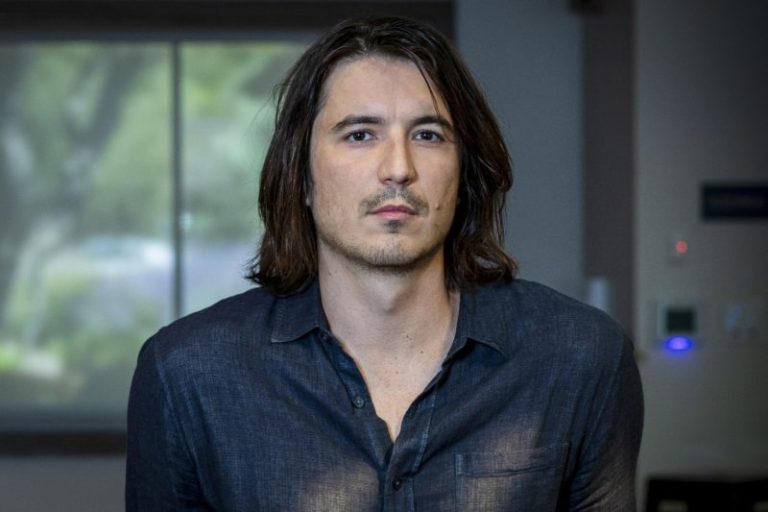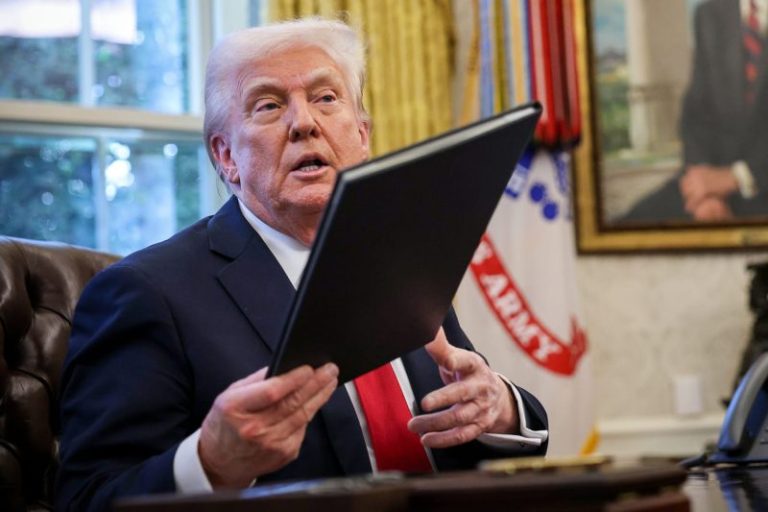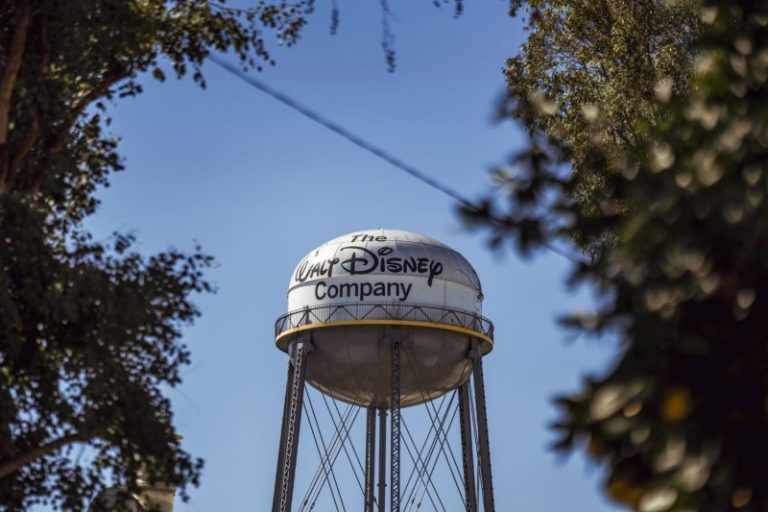President Donald Trump has insisted the U.S. needs to ‘get’ Greenland, ‘one way or another.’ But it’s not the first time U.S. leaders have had their eyes on the icy, sprawling island.
Located in the middle of contested waters between the U.S., Russia and Western Europe, Greenland is situated at a point that could protect the North Atlantic passage from Russian ships and submarines. It was a key military vantage point during the Cold War, and President Harry Truman offered to buy Greenland from the Danes in 1946.
The island is also a transfer point for communication cables that cross the Atlantic. European officials claim Russian ‘ghost ships’ have been destroying such cables by dropping their anchors and dragging them across the ocean floor.
Greater control over the island would not only offer the U.S. the shortest ship route to Europe but also the opportunity to bolster its ballistic missile early warning system and place radar on the ocean floor to track the movements of Russian and Chinese ships.
The island rests on top of lucrative supplies of critical and rare earth minerals, such as cobalt, nickel, uranium and iron — materials that are essential to electric vehicles, medical equipment, electronics, batteries and advanced defense systems.
The U.S. was once a top producer of rare earth minerals, but has been knocked off by China. China currently dominates the global supply chain with access to 60% of the world’s supply, but Greenland could be a ‘game changer,’ according to national security attorney Irina Tsukerman.
‘Their total resources of these rare earths could be greater than what China has,’ she told Fox News Digital.
Vice President JD Vance, second lady Usha Vance, national security advisor Mike Waltz and Energy Secretary Chris Wright, along with Sen. Mike Lee, R-Utah, visited Greenland on Friday.
‘Our message to Denmark is very simple: you have not done a good job by the people of Greenland,’ the vice president remarked on the trip.
‘You underinvested in the people of Greenland, and you’ve underinvested in the security architecture of this incredible, all-beautiful landmass filled with incredible people. That has to change and because it hasn’t changed, this is why President Trump’s policy in Greenland is what it is.’
Greenland is estimated to have the world’s eighth-largest reserve of rare earths, just behind the U.S. But its minerals have proven difficult to access — 80% of the island’s surface is covered in thick sheets of ice. The island also has lots of red tape: strict environmental and social impact requirements mean the permitting process takes time.
The nation’s economy is currently built on fishing and welfare: Denmark offers around $700 million each year, nearly half of Greenland’s budget.
The U.S. has dangled ‘billions’ in investment to mine minerals in Greenland as part of an effort to reduce its reliance on China, though China has already had a limited involvement in mining projects there.
‘China is more concerned about access to the Arctic than those minerals,’ said Tsukerman.
‘China has focused its mineral efforts on Africa, where it is indeed far ahead of the U.S. Russia has been focused on the Arctic,’ she continued. ‘There’s been growing talks about increasing NATO presence in the area to deter Russian and Chinese vessels from entering.’
There’s oil and gas, too, but in 2021 Greenland passed a ban on all future oil and gas exploration and extraction.
As the ice caps continue to melt, the waters around Greenland are becoming more and more navigable — meaning ships traveling from Asia and Europe can sail polar routes and avoid heading south to the Panama and Suez canals.
U.S. and Danish defenses on the island have become outdated, just as Russia is refurbishing its own Arctic ports. Greenland once hosted dozens of U.S. bases and outposts, but today hosts just one: Pituffik Space Force Base. Once home to around 10,000 U.S. troops, just around 200 are deployed there now.
‘We need Greenland for international safety and security. We need it. We have to have it,’ Trump said in an interview on Wednesday.
The territory largely opposes the idea of joining the U.S.
In response to Trump’s threats to take Greenland, Denmark announced a $2 billion investment in defense on the island in January.
Denmark’s defense intelligence service has determined Greenland to be ‘a priority for Russia, and it will demonstrate its power through aggressive and threatening behavior, which will carry along with it a greater risk of escalation than ever before in the Arctic.’
‘We have not invested enough in the Arctic for many years,’ Danish Defense Minister Troels Lund Poulsen admitted recently. ‘Now we are planning a stronger presence.’

